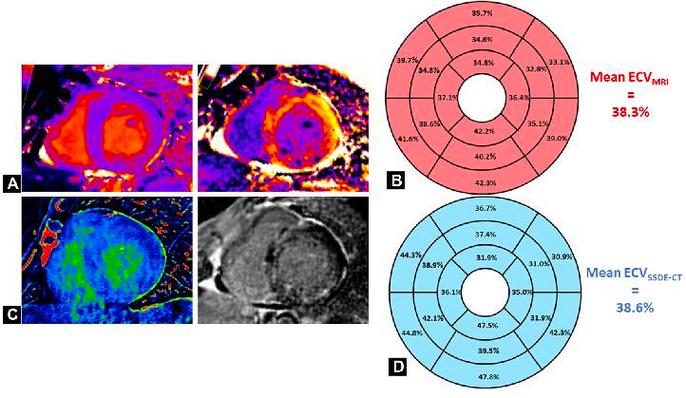Understanding the World of Uni Radiology
Are you curious about the fascinating field of radiology? Do you want to delve into the intricacies of medical imaging and its applications? Look no further! In this comprehensive guide, we will explore the world of Uni Radiology, providing you with a detailed and multi-dimensional introduction to this vital medical specialty.
What is Radiology?
Radiology is a medical specialty that utilizes medical imaging techniques to diagnose and treat diseases. It involves the use of various imaging modalities, such as X-rays, computed tomography (CT), magnetic resonance imaging (MRI), and ultrasound, to visualize internal structures and identify abnormalities.
History of Radiology
The history of radiology dates back to the late 19th century when Wilhelm R枚ntgen discovered X-rays in 1895. This groundbreaking discovery paved the way for the development of radiology as a medical specialty. Over the years, advancements in technology have led to the evolution of various imaging techniques, making radiology an indispensable tool in modern medicine.
Types of Radiology Procedures
There are several types of radiology procedures, each with its unique applications. Here’s a brief overview:
| Procedure | Description |
|---|---|
| X-rays | Utilizes electromagnetic radiation to produce images of bones and internal organs. |
| Computed Tomography (CT) | Combines X-rays and computer technology to create detailed cross-sectional images of the body. |
| Magnetic Resonance Imaging (MRI) | Uses magnetic fields and radio waves to produce detailed images of organs, tissues, and structures without the use of ionizing radiation. |
| Ultrasound | Utilizes high-frequency sound waves to create images of internal organs and tissues. |
| Positron Emission Tomography (PET) | Combines nuclear medicine with CT to visualize metabolic processes in the body. |
Applications of Radiology
Radiology has a wide range of applications in various medical fields. Here are some key areas where radiology plays a crucial role:
-
Detection and diagnosis of diseases, such as cancer, fractures, and infections.

-
Monitoring the progression of diseases and evaluating treatment responses.
-
Guiding minimally invasive procedures, such as biopsies and catheterizations.
-
Assessing cardiovascular health, including identifying blockages in arteries and evaluating heart function.
-
Diagnosing musculoskeletal conditions, such as joint injuries and degenerative diseases.
The Role of Radiologists
Radiologists are medical doctors who specialize in interpreting medical images. They play a crucial role in the diagnostic process, working closely with other healthcare professionals to provide accurate diagnoses and treatment recommendations. Here are some key responsibilities of radiologists:
-
Performing and interpreting medical imaging procedures.
-
Interpreting imaging findings and communicating results to referring physicians.
-
Collaborating with other specialists to develop treatment plans.
-
Advancing the field of radiology through research and innovation.
The Future of Radiology
The field of radiology is constantly evolving, with new technologies and techniques being developed to improve patient care. Some of the emerging trends in radiology include:
-
Artificial Intelligence (AI) and machine learning algorithms to enhance image analysis and improve diagnostic accuracy.
-
Advanced imaging techniques, such as 3D printing and virtual reality, to provide more detailed and interactive visualizations of patient data.
-
Telemedicine and remote radiology to expand access to imaging services in underserved areas.
By embracing these advancements, radiology will continue to play a vital role in the diagnosis and treatment of diseases, ultimately improving patient outcomes.
